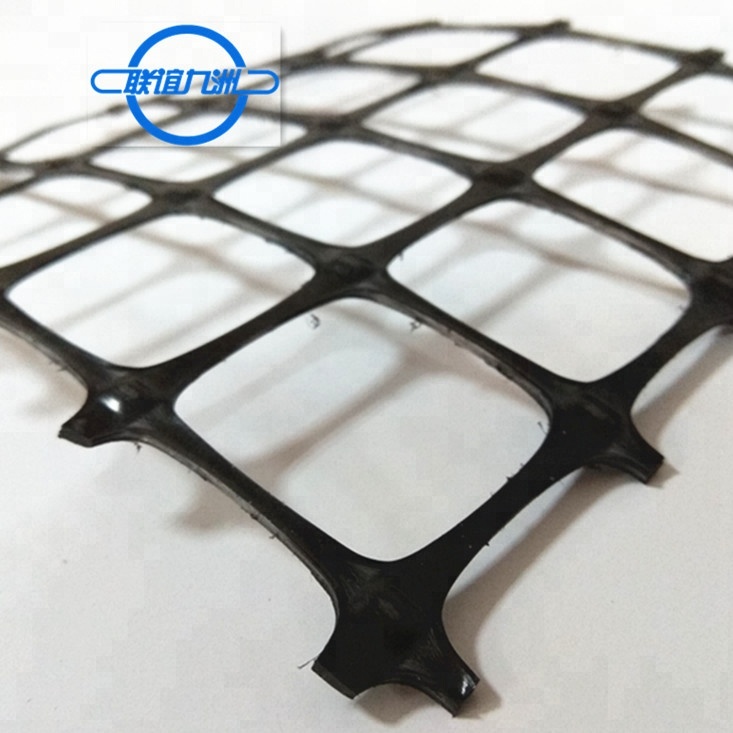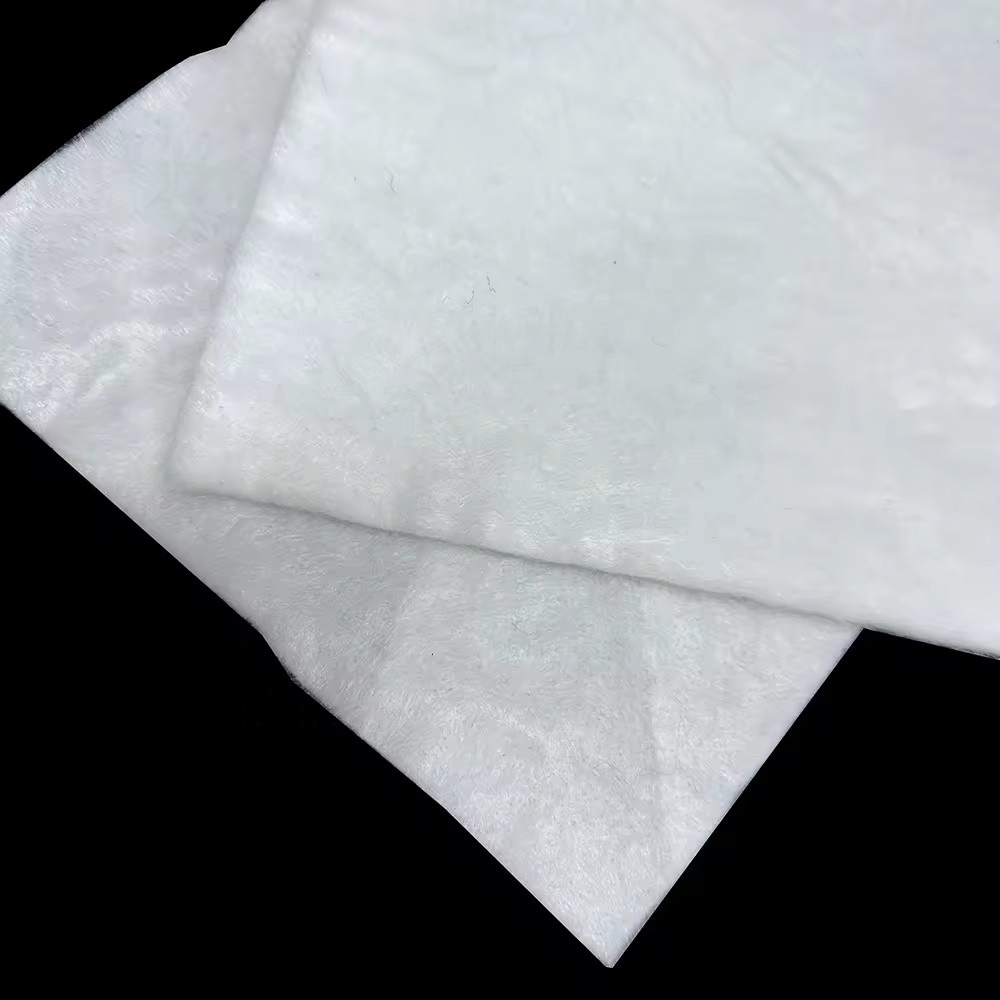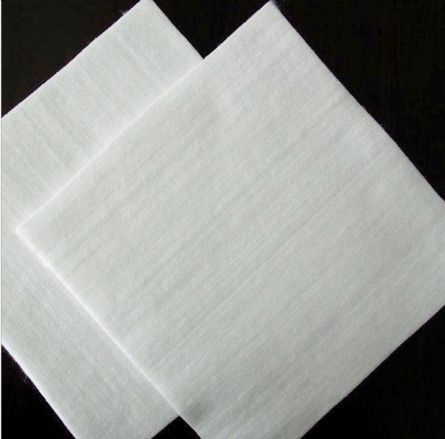Understanding the Function of PP Biaxial Geogrid in Construction and Engineering
In the ever-evolving field of civil engineering, the need for materials that enhance structural integrity, durability, and performance is paramount. Among these materials, geogrids have become indispensable, particularly the PP (polypropylene) biaxial geogrid. This blog aims to shed light on the functions of PP biaxial geogrids, their applications, and the benefits they bring to construction and engineering projects.
What is a PP Biaxial Geogrid?
A PP biaxial geogrid is a synthetic geosynthetic material made from polypropylene. These geogrids are characterized by their grid-like structure with openings (apertures) that provide a mechanical interlock with the soil. The “biaxial” designation refers to their strength being equally distributed in both longitudinal and transverse directions.
Key Functions of PP Biaxial Geogrids
1. Soil Reinforcement
One of the primary functions of PP biaxial geogrids is soil reinforcement. By providing tensile strength to the soil, these geogrids enhance the overall stability and load-bearing capacity of the ground. This is particularly crucial in areas with weak or unstable soils where traditional construction methods might fail.
2. Load Distribution
PP biaxial geogrids help distribute loads over a wider area. When used under pavements, roads, or railways, they prevent localized stress concentrations, reducing the risk of subsidence and rutting. This even load distribution prolongs the life of the infrastructure and reduces maintenance costs.
3. Erosion Control
In embankment and slope construction, geogrids play a significant role in erosion control. They hold the soil in place, preventing erosion caused by water flow or wind. This function is vital in maintaining the integrity of slopes and embankments, especially in areas prone to heavy rainfall or flooding.
4. Cost-Effectiveness
By improving soil properties and reducing the need for extensive excavation and replacement with better-quality fill material, PP biaxial geogrids offer a cost-effective solution. They allow for the use of on-site or marginal soils, reducing material and transportation costs.
5. Increased Pavement Lifespan
In road construction, the use of PP biaxial geogrids leads to a significant increase in pavement lifespan. They reduce the thickness of the pavement layers required, resulting in lower material costs and faster construction times. Moreover, they minimize deformation and cracking, which are common issues in road surfaces.
6. Flexibility and Adaptability
PP biaxial geogrids are highly adaptable to various soil types and project requirements. Their flexibility allows for easy installation and integration into different construction designs, making them suitable for a wide range of applications, from highways and runways to retaining walls and parking lots.
Applications of PP Biaxial Geogrids
Road Construction
In road construction, PP biaxial geogrids are used to reinforce the base and sub-base layers, improving load-bearing capacity and preventing surface deformation.
Railway Construction
Similar to roadways, railways benefit from the load distribution and reinforcement properties of geogrids. They help maintain track alignment and prevent subsidence under heavy loads.
Retaining Walls and Slopes
Geogrids are integral in the construction of retaining walls and slopes, providing structural support and preventing soil erosion. Their use in these structures enhances stability and longevity.
Landscaping and Environmental Projects
In landscaping and environmental restoration projects, PP biaxial geogrids help stabilize soil and support vegetation growth. They are often used in the construction of green roofs, landfill covers, and erosion control systems along riverbanks and coastlines.
Conclusion
The functions of PP biaxial geogrids in construction and engineering cannot be overstated. Their ability to reinforce soil, distribute loads, control erosion, and enhance the durability of infrastructure makes them a crucial component in modern construction practices. By incorporating PP biaxial geogrids, engineers and builders can achieve more reliable, cost-effective, and sustainable projects, ensuring the long-term success and stability of their structures.



